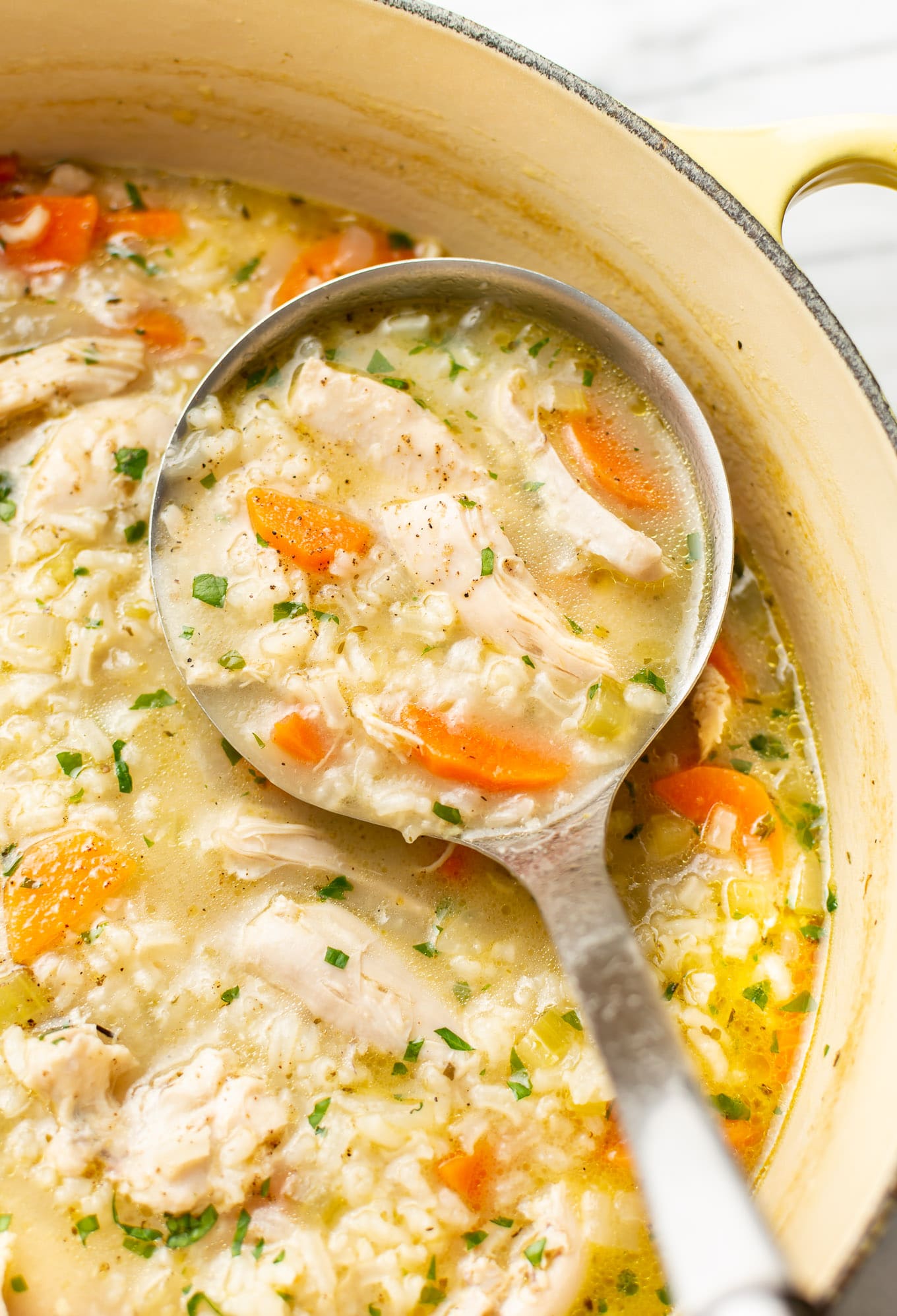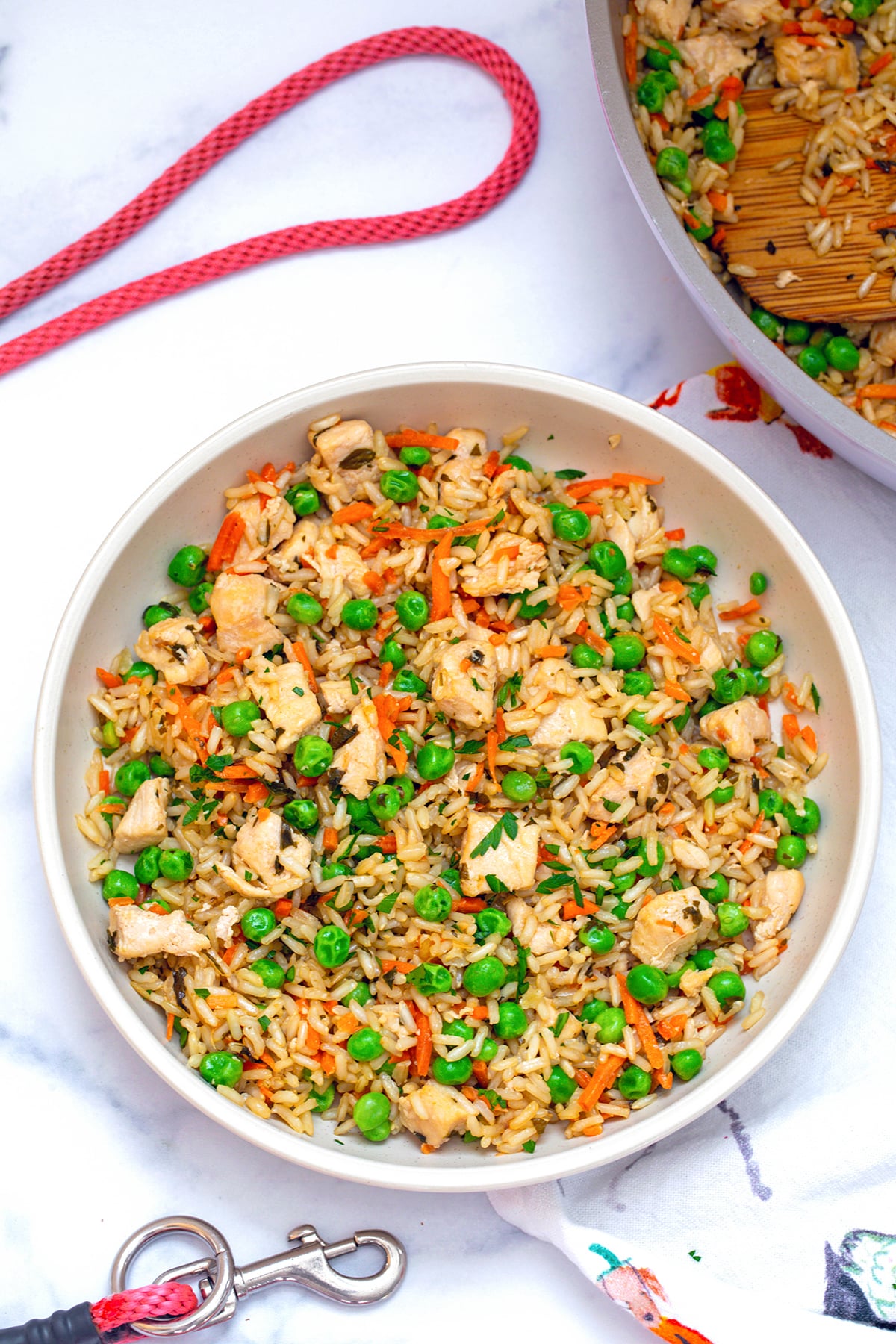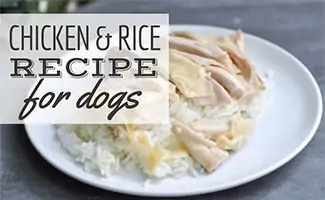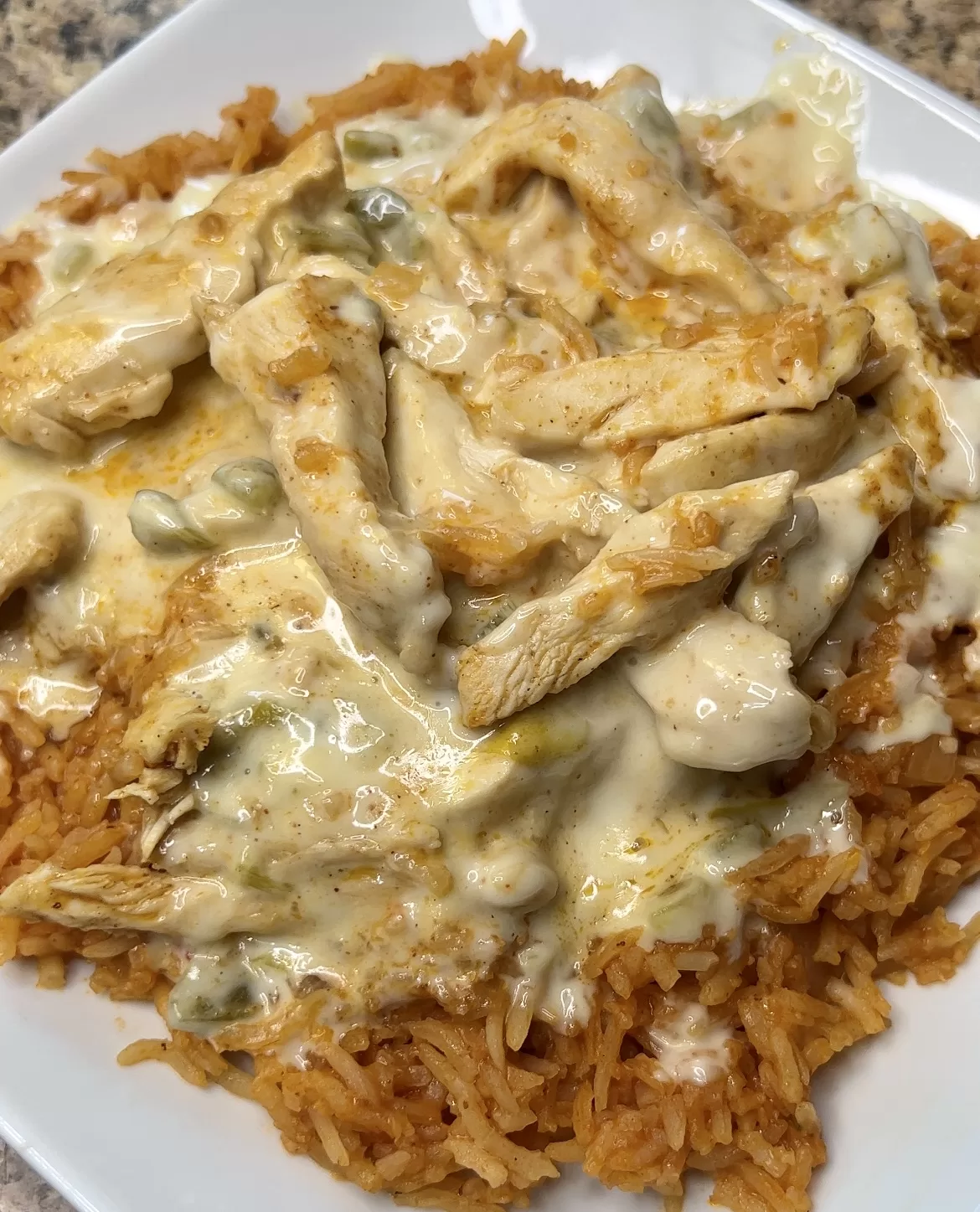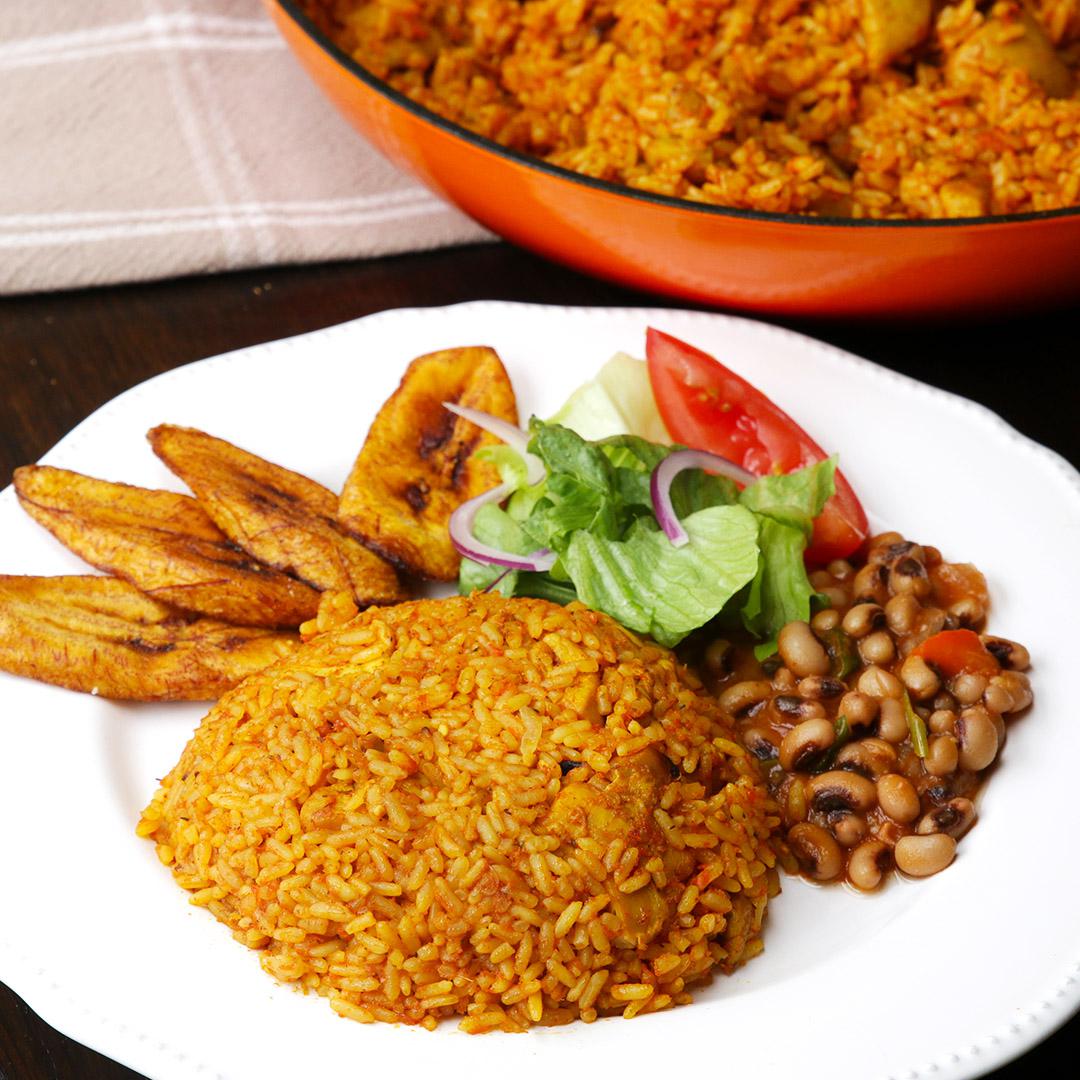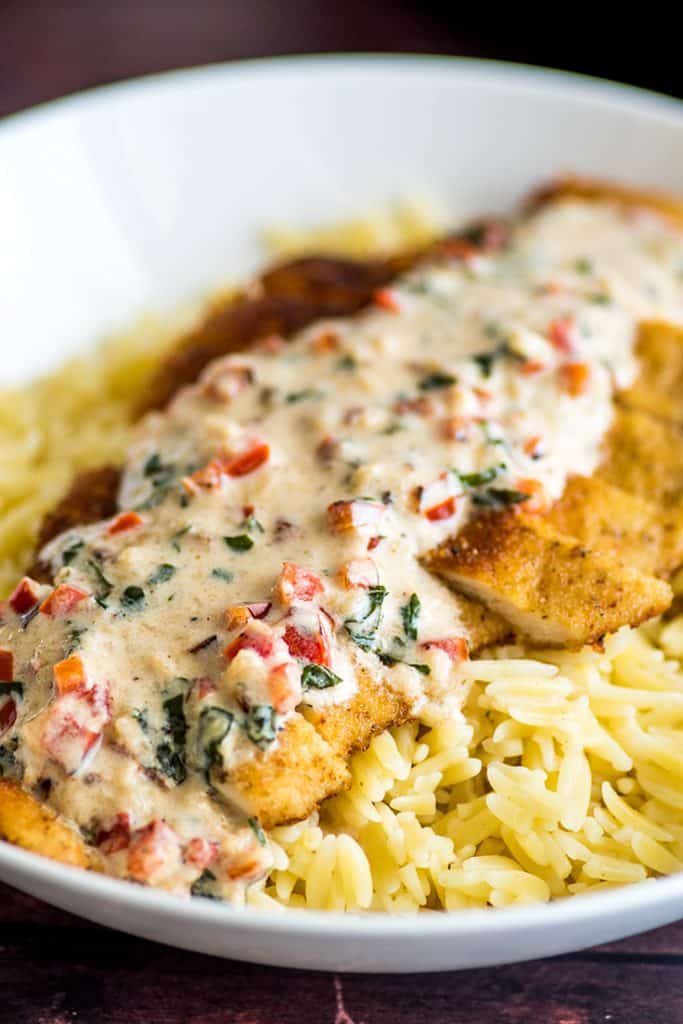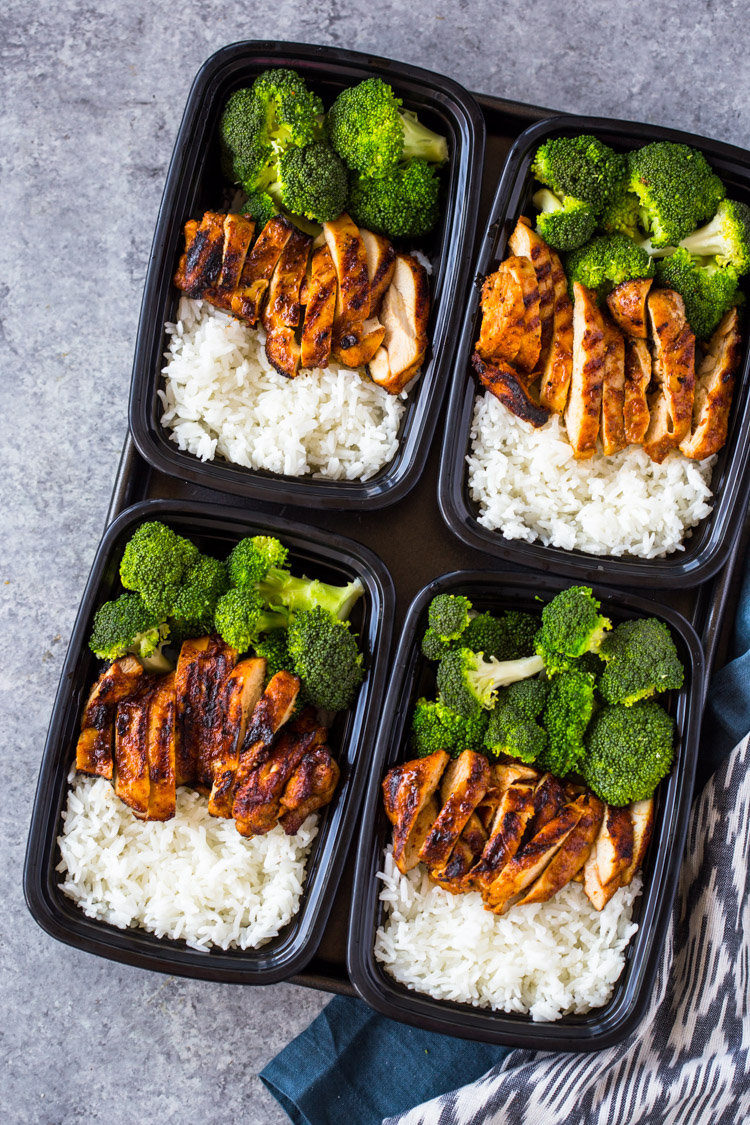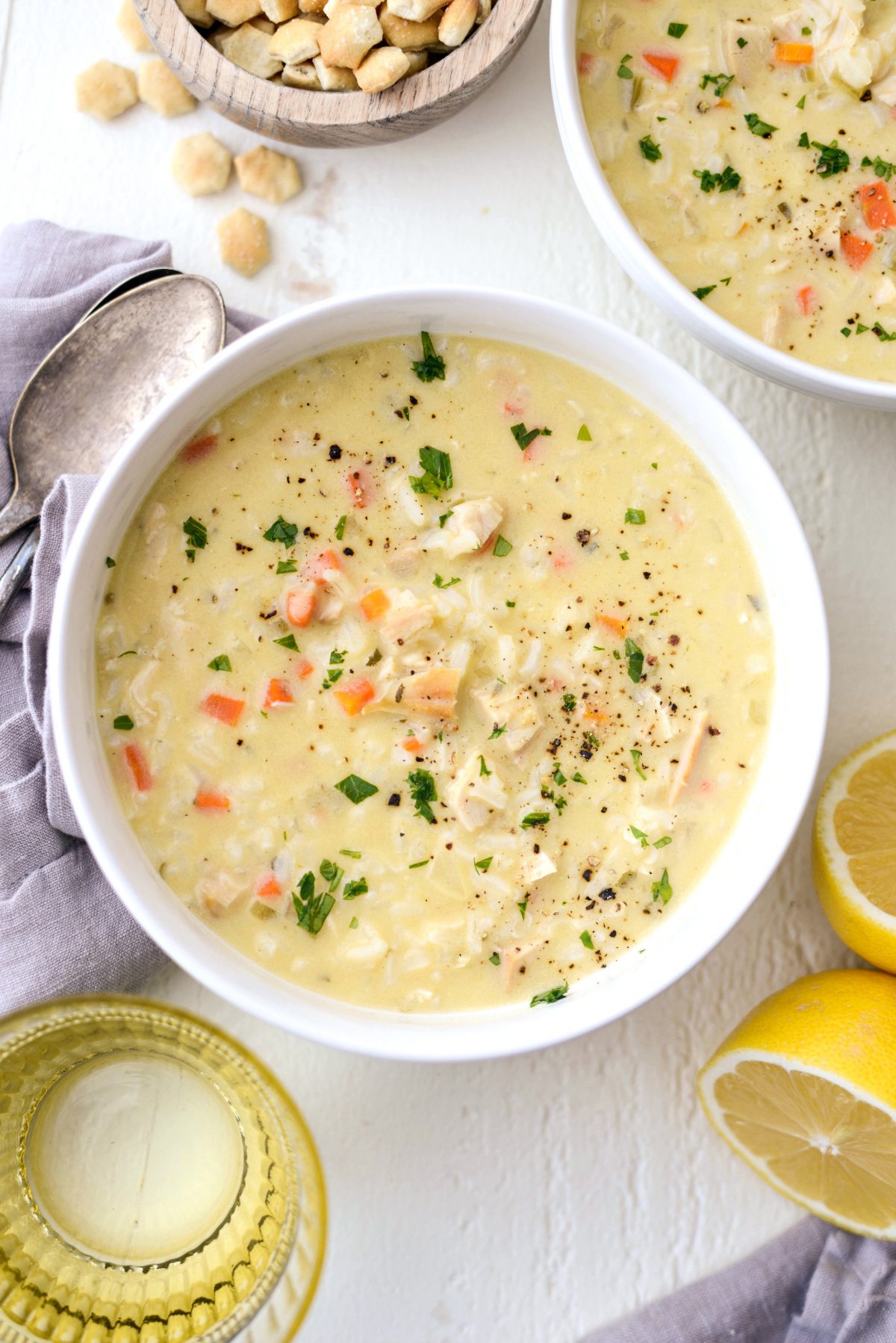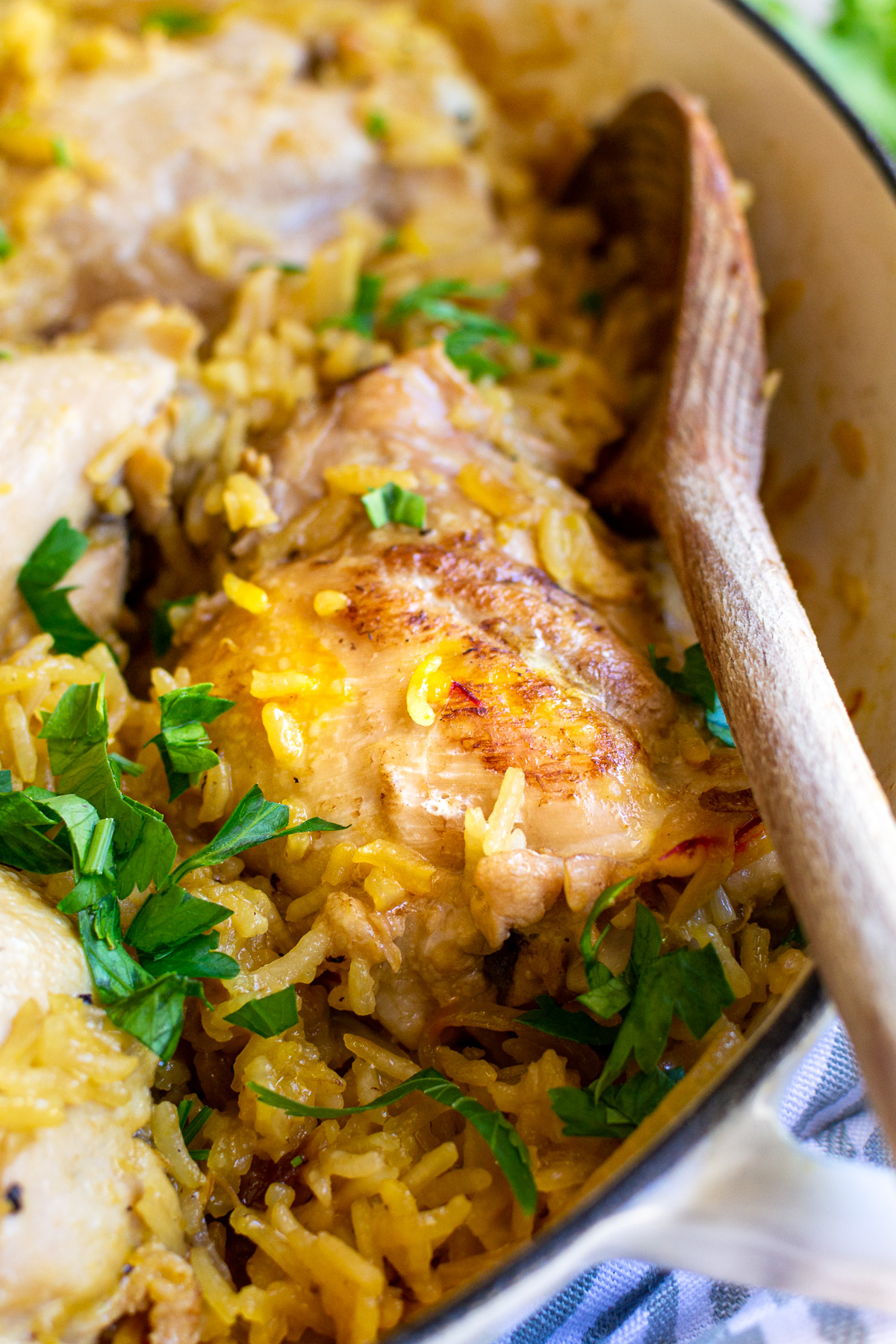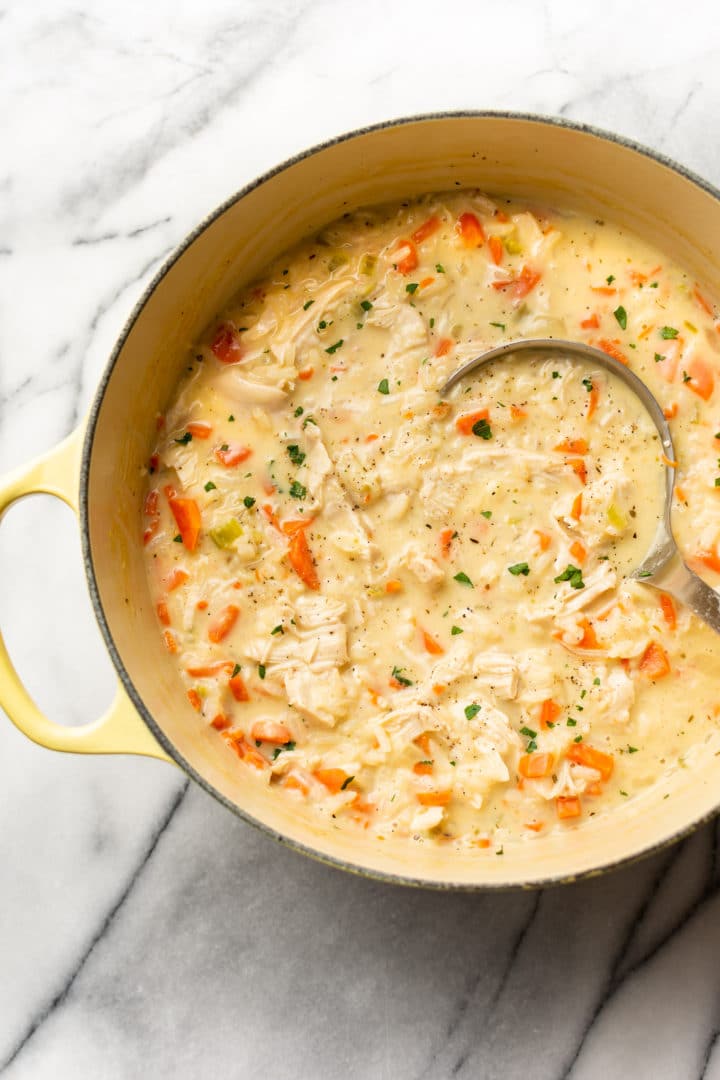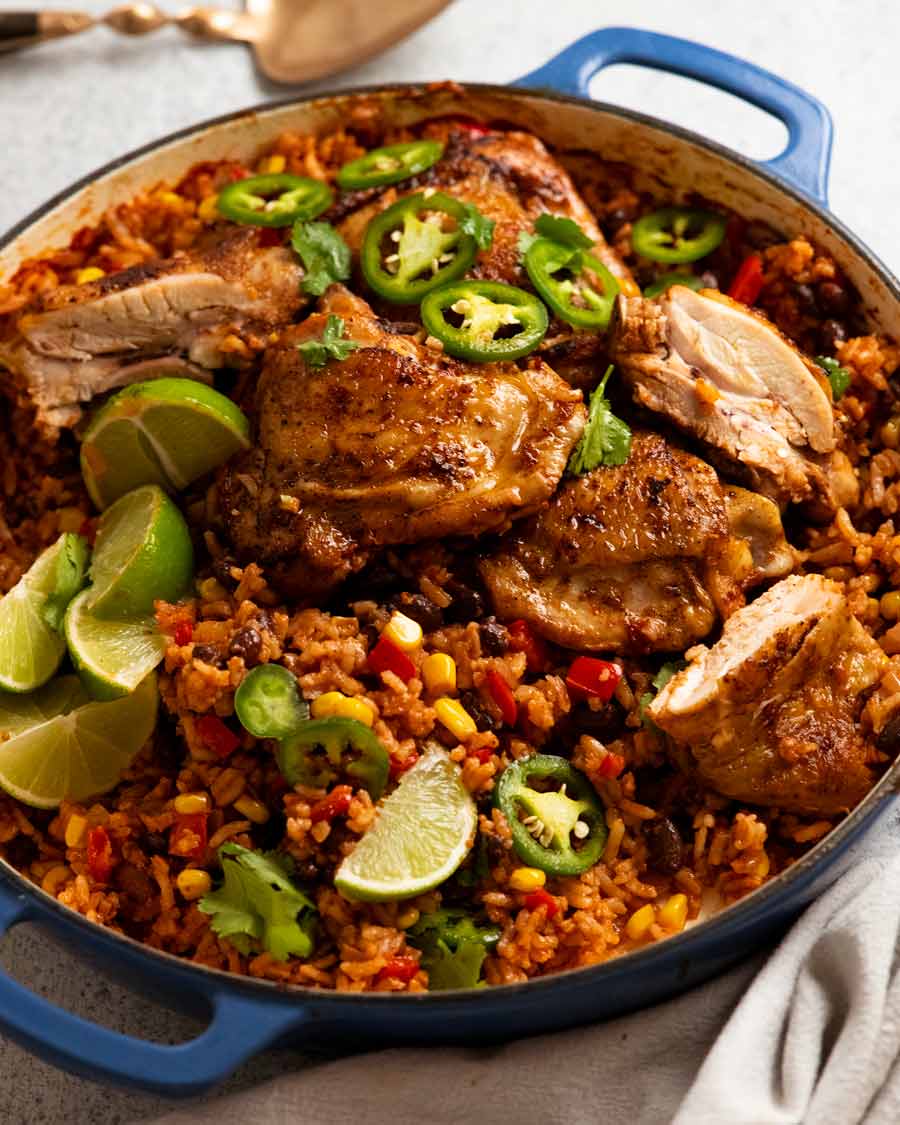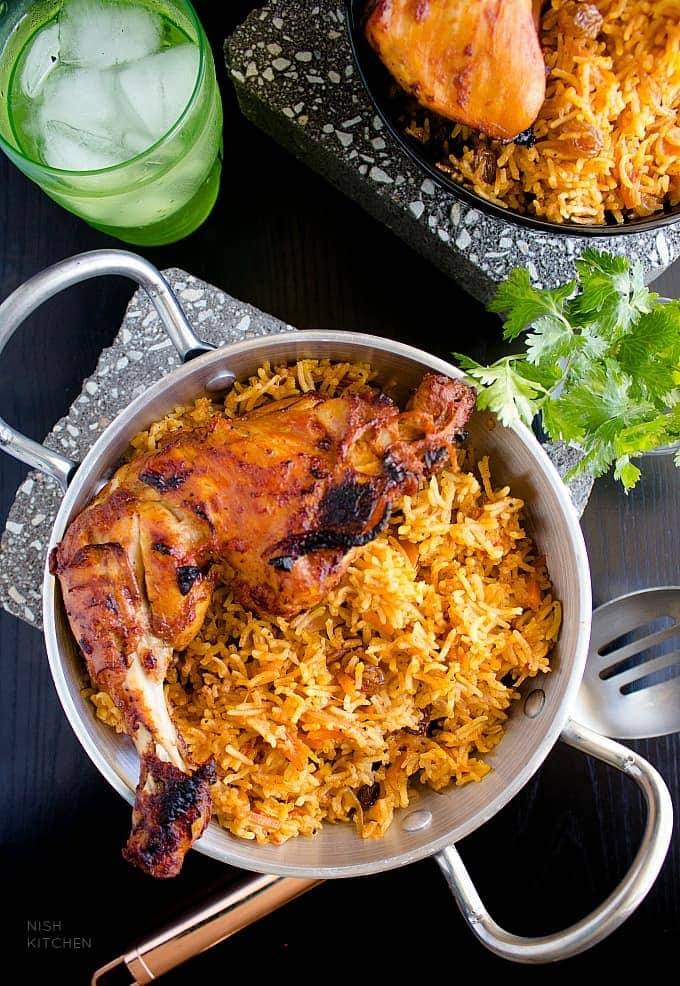Topic how to make dog food with chicken and rice: Discover the benefits and simplicity of creating homemade dog food with chicken and rice, ensuring a nutritious and delicious meal for your furry friend.
Table of Content
- Chicken and Rice Dog Food Recipe
- Chicken, Rice, and Vegetable Homemade Dog Food
- Additional Tips and FAQs
- Chicken, Rice, and Vegetable Homemade Dog Food
- Additional Tips and FAQs
- Additional Tips and FAQs
- How to make homemade dog food with chicken and rice?
- YOUTUBE: The Farmer\'s Dog DIY Homemade Chicken and Rice Dog Food Recipe
- Introduction to Homemade Dog Food
- Benefits of Chicken and Rice for Dogs
- Ingredients List
- Step-by-Step Cooking Instructions
- Nutritional Information and Considerations
- Feeding Guidelines Based on Dog Size and Activity
- Customization Options for Dietary Needs
- Storage and Serving Suggestions
- Consulting with Veterinarians for Balanced Diets
- Common FAQs About Homemade Dog Food
- Success Stories and Testimonials
Chicken and Rice Dog Food Recipe
- Ingredients include skinless & boneless chicken breasts, dry white rice, medium carrots, medium zucchini, and coconut oil.
- Instructions cover cooking chicken and rice together, sautéing grated vegetables, and combining all ingredients for a wholesome meal.
Nutritional Information
Each serving provides a balanced mix of protein, carbs, fat, and essential vitamins and minerals, ensuring a complete diet for your dog.
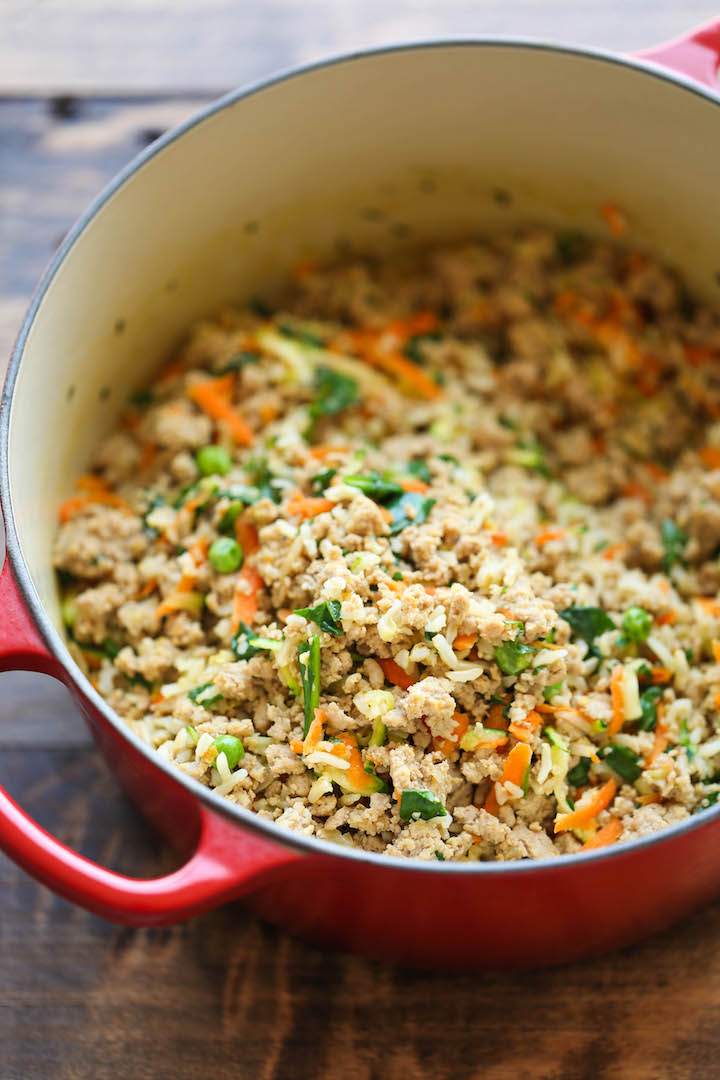
READ MORE:
Chicken, Rice, and Vegetable Homemade Dog Food
- This variation includes chicken breast, brown rice, chopped carrots, chopped green beans, and fish oil, highlighting the simplicity and nutritional benefits of adding vegetables and fish oil for omega-3 fatty acids.
Feeding Guidelines
The amount to feed depends on your dog\"s weight and activity level, generally 1 cup of food per 20 pounds of body weight, but consulting with a vet is recommended for personalized advice.
:max_bytes(150000):strip_icc()/139453-Lucky-and-Rippys-Favorite-Dog-Food-ddmfs-117-4x3-1-b8b49bf3211b40eb9d91590445ca56e2.jpg)
Additional Tips and FAQs
- Always consult with your veterinarian before introducing homemade food to ensure it meets your dog\"s nutritional needs.
- Variations and substitutions can be made based on your dog\"s preferences and dietary requirements, including using different vegetables or protein sources.
- For dogs with specific health conditions, like pancreatitis, a simple diet of chicken and rice can be beneficial, but always under veterinary guidance.
Creating homemade dog food allows for control over ingredients and can cater to dietary needs or allergies. However, ensuring the meal is nutritionally balanced is crucial for your dog\"s health.
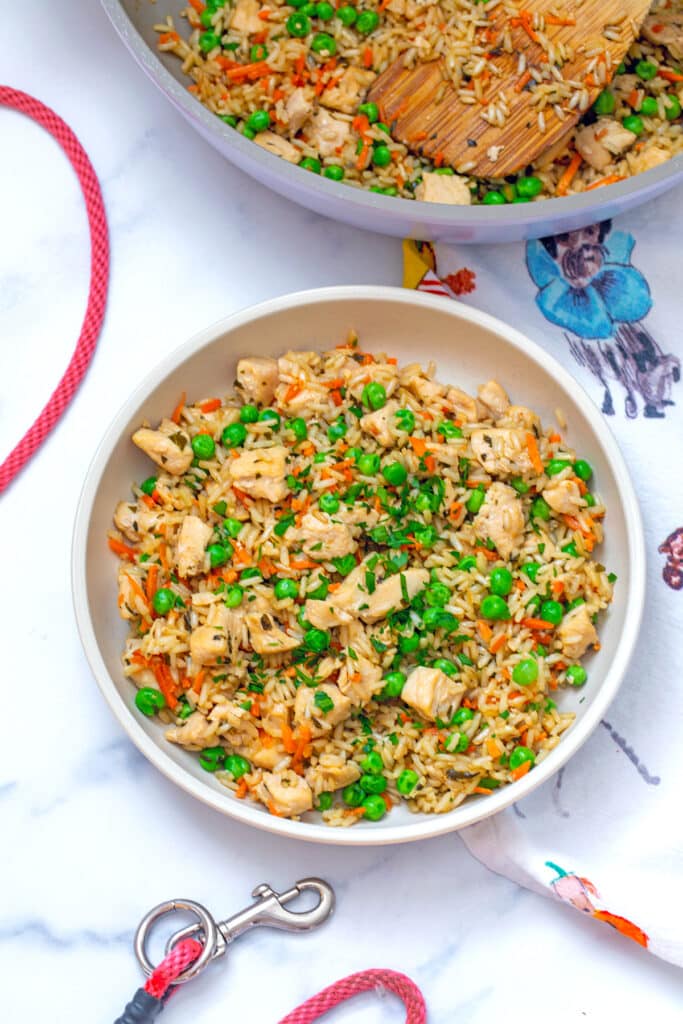
Chicken, Rice, and Vegetable Homemade Dog Food
- This variation includes chicken breast, brown rice, chopped carrots, chopped green beans, and fish oil, highlighting the simplicity and nutritional benefits of adding vegetables and fish oil for omega-3 fatty acids.
Feeding Guidelines
The amount to feed depends on your dog\"s weight and activity level, generally 1 cup of food per 20 pounds of body weight, but consulting with a vet is recommended for personalized advice.
:max_bytes(150000):strip_icc()/139453-Lucky-and-Rippys-Favorite-Dog-Food-ddmfs-117-2x1-1-bce9b1c41eef4bfc8e8b20800875b2fa.jpg)
Additional Tips and FAQs
- Always consult with your veterinarian before introducing homemade food to ensure it meets your dog\"s nutritional needs.
- Variations and substitutions can be made based on your dog\"s preferences and dietary requirements, including using different vegetables or protein sources.
- For dogs with specific health conditions, like pancreatitis, a simple diet of chicken and rice can be beneficial, but always under veterinary guidance.
Creating homemade dog food allows for control over ingredients and can cater to dietary needs or allergies. However, ensuring the meal is nutritionally balanced is crucial for your dog\"s health.

_HOOK_
Additional Tips and FAQs
- Always consult with your veterinarian before introducing homemade food to ensure it meets your dog\"s nutritional needs.
- Variations and substitutions can be made based on your dog\"s preferences and dietary requirements, including using different vegetables or protein sources.
- For dogs with specific health conditions, like pancreatitis, a simple diet of chicken and rice can be beneficial, but always under veterinary guidance.
Creating homemade dog food allows for control over ingredients and can cater to dietary needs or allergies. However, ensuring the meal is nutritionally balanced is crucial for your dog\"s health.
:max_bytes(150000):strip_icc()/140286-homemade-dog-food-Machelle-4x3-0f0c57fc845144b8a1b2e1ffcb1fc018.jpg)
How to make homemade dog food with chicken and rice?
To make homemade dog food with chicken and rice, follow these steps:
- Gather all ingredients needed: chicken, rice, and vegetables.
- Cook the chicken by boiling or baking it until fully cooked.
- Cook the rice separately according to package instructions.
- Chop the vegetables finely.
- Mix the cooked chicken, rice, and vegetables together in a large saucepan or Dutch oven.
- Add water and stir until the mixture is smooth and well combined.
- Cool the homemade dog food before serving it to your furry friend.
The Farmer\'s Dog DIY Homemade Chicken and Rice Dog Food Recipe
Recipe: Indulge in a culinary adventure with this mouth-watering recipe video! Discover step-by-step instructions to create a delicious and impressive dish that will wow your taste buds. Get ready to impress your friends and family with your newfound cooking skills! Vegetable: Join us in exploring the vibrant and diverse world of vegetables in this captivating video. Discover the health benefits, cooking tips, and exciting recipe ideas that will inspire you to incorporate more veggies into your diet. Let\'s embark on a journey to a healthier and more colorful plate together!
Introduction to Homemade Dog Food
Embarking on the journey of preparing homemade dog food, particularly with chicken and rice, offers a multitude of benefits for your beloved pet. This approach not only allows you to tailor meals to your dog\"s specific dietary needs but also ensures the use of fresh, wholesome ingredients. Whether your furry companion is dealing with a sensitive stomach, specific allergies, or you\"re simply aiming to enhance their overall health, homemade dog food can be a game-changer.
Chicken and rice are often recommended as a starting point for homemade dog diets due to their simplicity and digestibility. Chicken, a lean protein source, provides essential nutrients vital for your dog\"s health, while rice serves as a gentle carbohydrate, easy on the stomach and perfect for dogs requiring a bland diet.
However, diving into homemade dog food preparation requires careful consideration and planning. It\"s crucial to ensure that the meals are nutritionally balanced, catering to your dog\"s unique needs in terms of protein, vitamins, minerals, and carbohydrates. Consulting with a veterinarian or a canine nutritionist is a wise step before making any significant dietary changes. They can offer guidance on the appropriate ingredients and quantities, ensuring your dog receives a balanced diet suited to their age, size, weight, and health condition.
Moreover, while chicken and rice are a great starting point, incorporating a variety of ingredients over time can contribute to a more balanced and nutritionally diverse diet. Adding vegetables like carrots and green beans can introduce additional vitamins and minerals, while supplements such as fish oil can support skin and coat health.
Always remember, the transition to homemade dog food should be gradual, monitoring your dog\"s response to the new diet and making adjustments as necessary. With proper preparation and consultation, homemade dog food can offer a rewarding way to enrich your dog\"s diet and health.

Chicken Rice and Vegetable Homemade Dog Food Recipe
This easy DIY homemade dog food recipe with chicken, rice and vegetables is very healthy for your dog. It\'s ideal for homemade ...
Benefits of Chicken and Rice for Dogs
Chicken and rice are staple ingredients in many homemade dog food recipes for good reasons. Chicken, a lean protein source, provides essential nutrients vital for your dog\"s health, supporting everything from muscle development to maintaining healthy energy levels. Rice, especially white rice, is easily digestible and serves as a gentle source of carbohydrates, making it an ideal ingredient for dogs with sensitive stomachs or those recovering from gastrointestinal upset.
- Chicken is not only rich in protein but also contains vital vitamins and minerals that contribute to a healthy canine diet.
- Rice offers a bland, easily digestible carbohydrate source, perfect for easing digestive discomfort while providing energy.
- Homemade dog food with chicken and rice allows for control over the quality and freshness of ingredients, ensuring a wholesome meal without unnecessary fillers or additives.
- This combination can be tailored to meet specific dietary needs, such as adjusting for allergies or sensitivities, by consulting with a veterinarian.
- Preparing dog food at home can also be cost-effective, potentially offering savings compared to some commercial dog food options while improving your dog\"s health.
Moreover, integrating vegetables like carrots, zucchini, and spinach can enhance the nutritional value of the meal, providing additional vitamins, minerals, and fiber. However, it\"s crucial to ensure the diet is balanced and meets all your dog\"s nutritional needs. Consulting with a veterinarian or canine nutritionist is recommended to ensure the homemade diet supports your dog\"s health and well-being fully.
While chicken and rice offer numerous benefits, it\"s important to remember that variety is key to a balanced diet. Other protein sources and grains like beef, fish, quinoa, and oats can also contribute to a well-rounded canine diet, catering to different tastes and nutritional requirements.
Ingredients List
Creating a nutritious and enjoyable meal for your dog with chicken and rice is a simple and effective way to cater to their dietary needs. The following ingredients will ensure your furry friend enjoys a balanced and wholesome meal:
- 1 lb. chicken breast
- 4 cups water
- 2 cups brown rice
- 1 cup chopped carrots
- 1 cup chopped green beans
- 1 tbsp. fish oil
This combination of ingredients provides a rich source of protein from the chicken, while the brown rice offers essential carbohydrates for energy. Vegetables like carrots and green beans add fiber, vitamins, and minerals to the meal, promoting digestive health and overall well-being. The addition of fish oil is beneficial for your dog\"s skin and coat, thanks to its high omega-3 fatty acid content.
_HOOK_
Step-by-Step Cooking Instructions
- Prepare the Ingredients: Start by gathering all your ingredients. You will need 1 lb. of chicken breast, 2 cups of brown rice, 1 cup of chopped carrots, 1 cup of chopped green beans, 4 cups of water, and 1 tablespoon of fish oil.
- Cook the Chicken: Cube the chicken breast into bite-sized pieces. Heat a skillet over medium heat and add a little canola oil to prevent sticking. Add the chicken to the skillet and cook until it\"s fully cooked through, making sure there are no pink parts left. This should take about 5-7 minutes.
- Boil the Rice: In a large pot, bring the 4 cups of water to a boil. Once boiling, add the 2 cups of brown rice and reduce the heat to a simmer. Cover the pot and let the rice cook until it\"s soft, which will take about 10-15 minutes.
- Add Vegetables: Once the rice is nearly done, add the chopped carrots and green beans to the pot. Continue to simmer for an additional 10-15 minutes until the vegetables are tender.
- Mix Ingredients: After the vegetables are cooked, add the cooked chicken to the pot with the rice and vegetables. Stir the mixture well to ensure that the chicken is evenly distributed throughout.
- Add Fish Oil: Once everything is mixed well, turn off the heat and add 1 tablespoon of fish oil to the pot. The fish oil is a great source of omega-3 fatty acids, which are beneficial for your dog\"s coat and skin health.
- Cool Down: Allow the food to cool down to room temperature before serving it to your dog. It\"s important to ensure the food is not too hot to prevent any risk of burning.
- Serve: Once the food has cooled down, you can serve it to your dog. Make sure to provide the appropriate portion size based on your dog\"s weight, age, and activity level.
- Store Leftovers: Any leftover food can be stored in the refrigerator for up to 5 days. Make sure to place it in an airtight container. You can also freeze portions for later use, which can last for up to 3 months.
This recipe provides a balanced meal for your dog, offering a good mix of protein, carbohydrates, and essential fats. Always consult with a veterinarian before changing your pet\"s diet, especially if they have special dietary needs or health concerns.
Nutritional Information and Considerations
Creating a homemade dog food recipe with chicken and rice can provide a nutritious and balanced diet for your furry friend. When preparing this meal, it\"s important to consider the nutritional needs of dogs to ensure they receive all the necessary vitamins, minerals, and other nutrients for optimal health.
- Protein: Chicken is an excellent source of high-quality protein, essential for the growth, repair, and maintenance of body tissues.
- Carbohydrates: Rice provides a source of energy and helps to make the meal satisfying. It\"s easy to digest, making it a good choice for dogs with sensitive stomachs.
- Fiber: Adding vegetables like carrots to the chicken and rice meal can increase the fiber content, which is beneficial for digestive health.
- Vitamins and Minerals: A balanced homemade diet should include a variety of foods to meet the need for essential vitamins and minerals. Incorporating a dog food vitamin supplement, as suggested in homemade recipes, ensures that the meal is nutritionally balanced.
- Fats: Healthy fats are crucial for energy, cell function, and the absorption of certain vitamins. Chicken skin and oils can provide these healthy fats, but it\"s important to moderate the amount to prevent obesity.
- Calcium: If not feeding raw meaty bones, calcium supplementation is necessary to support bone health. Eggshells can be ground into a powder and added to the food as a natural calcium supplement.
- Additional Supplements: Depending on your dog\"s specific needs, additional supplements such as fish oil for omega-3 fatty acids, which support skin and coat health, may be beneficial.
When transitioning your dog to a homemade diet, it\"s crucial to introduce the new food gradually and monitor your dog\"s health and weight closely. Adjustments to portion sizes may be necessary to maintain an ideal weight. Always consult with a veterinarian or a canine nutritionist to ensure the homemade diet meets your dog\"s individual health requirements.
Feeding Guidelines Based on Dog Size and Activity
Feeding your dog homemade meals with chicken and rice offers a nutritious and satisfying diet that can be tailored to their size, activity level, and specific health needs. To ensure your furry friend receives the right amount of food and nutrients, follow these general guidelines, but always consider consulting with a veterinarian or canine nutritionist for personalized advice.
Small Dogs (Up to 20 lbs)
- Active or Young Dogs: Approximately 1 cup of cooked chicken and rice meal per day, divided into two servings.
- Less Active or Older Dogs: Reduce the portion to about 3/4 cup per day, split into two servings to prevent weight gain.
Medium Dogs (21-50 lbs)
- Active or Young Dogs: 1.5 to 2.5 cups of cooked chicken and rice meal per day, divided into two servings.
- Less Active or Older Dogs: Adjust serving size to 1 to 1.5 cups per day, divided into two servings to maintain optimal weight.
Large Dogs (51-90 lbs)
- Active or Young Dogs: 2.5 to 4 cups of cooked chicken and rice meal per day, divided into two to three servings.
- Less Active or Older Dogs: Limit the daily intake to 2 to 3 cups, divided into two to three servings to ensure they don\"t become overweight.
Giant Dogs (Over 90 lbs)
- Active or Young Dogs: 4 to 6 cups of cooked chicken and rice meal per day, divided into two to three servings.
- Less Active or Older Dogs: Reduce the amount to 3 to 4.5 cups per day, served in two to three portions to control calorie intake.
Adjustments for Health Issues
If your dog has specific health issues, such as kidney disease or allergies, adjustments may need to be made. For instance, dogs with kidney disease might require less protein, while dogs with allergies may need specific ingredients excluded or substituted. Always consult with your vet to tailor the diet to your dog\"s health needs.
Conclusion
Homemade dog food with chicken and rice can be a healthy and enjoyable option for your pet, provided it\"s appropriately portioned and tailored to their individual requirements. Monitor your dog\"s weight and health condition closely, and adjust their diet as needed to ensure they remain happy, healthy, and energetic.
Customization Options for Dietary Needs
Creating a chicken and rice meal for your dog allows for numerous customization options to cater to their unique dietary needs. This versatile dish can be tailored to suit dogs with sensitivities, allergies, or specific nutritional requirements. Here are some ways to modify the basic chicken and rice recipe to meet your dog\"s needs:
- Protein Variations: While chicken is a lean and digestible protein source, some dogs may prefer or require alternative proteins. Cooked, deboned fish, turkey, or lean beef can be used in place of chicken for variety or dietary restrictions.
- Rice Alternatives: Brown rice can be used instead of white rice for dogs that benefit from the added fiber and nutrients. For dogs with grain sensitivities, cooked, mashed sweet potatoes or pumpkin can serve as a nutritious substitute.
- Addition of Vegetables: Incorporating vegetables like carrots, peas, and green beans can boost the nutritional value of the meal. These should be cooked and mashed or finely chopped to ensure easy digestion.
- Supplements and Additives: Depending on your dog\"s health requirements, you might consider adding supplements such as omega-3 fatty acids for skin and coat health or glucosamine for joint support. Always consult your vet before introducing supplements.
- Adjusting for Digestive Sensitivities: For dogs with a sensitive stomach, adding a small amount of canned pumpkin or plain, cooked sweet potato can help soothe the digestive tract and firm up stools.
- Portion Control: The amount of food your dog needs depends on their size, age, and activity level. A general guideline is to feed dogs 2-3% of their body weight per day, divided into two meals.
Always ensure that any modifications to your dog\"s diet are made gradually to prevent digestive upset. Furthermore, it\"s crucial to consult with your veterinarian before making significant changes, especially if your dog has pre-existing health conditions or dietary restrictions. Customizing your dog\"s chicken and rice meal can be a fun and rewarding way to address their dietary needs while providing them with a delicious and healthy meal.
Storage and Serving Suggestions
Once you have prepared the chicken and rice dog food, proper storage and serving are crucial to ensure your dog\"s meal remains fresh and nutritious. Here are some tips to help you store and serve this homemade dog food:
- Allow to Cool: After cooking, allow the chicken and rice mixture to cool down to room temperature before serving or storing. This prevents the growth of bacteria.
- Refrigerate: If you have leftovers, place them in an airtight container and refrigerate. Properly stored, chicken and rice dog food can last for 3-4 days in the refrigerator.
- Freeze for Longer Storage: For extended storage, you can freeze the chicken and rice dog food in portion-sized containers or freezer bags. Frozen, it can last for up to 3 months. Thaw in the refrigerator before serving.
- Serving Size: Serve the chicken and rice in amounts appropriate for your dog\"s size, age, and activity level. Consult with your veterinarian if you\"re unsure about the proper serving size for your pet.
- Gradual Introduction: If this is your dog\"s first time trying chicken and rice, or if you\"re using it as a diet for an upset stomach, introduce it into their diet gradually over a few days to avoid any digestive upset.
- Warm Before Serving: Before serving, you may warm the food slightly in the microwave or on the stove to enhance its aroma and palatability. Ensure it\"s just warm, not hot, to avoid burning your dog\"s mouth.
- Hydration: Ensure your dog has access to plenty of fresh water, especially if they\"re on a chicken and rice diet due to gastrointestinal upset.
- Regular Diet Transition: If you\"re using chicken and rice for an upset stomach, once your dog\"s condition improves, gradually transition them back to their regular diet over several days to prevent any further digestive issues.
Remember, while chicken and rice can be a soothing meal for dogs with digestive troubles, it should not be a long-term diet solution. Always consult with your veterinarian to ensure your dog is receiving all the necessary nutrients for their overall health and well-being.
_HOOK_
Consulting with Veterinarians for Balanced Diets
When considering a diet of chicken and rice for your dog, it\"s essential to consult with a veterinarian to ensure the diet is nutritionally balanced. While chicken and rice can be soothing for dogs with digestive issues, it lacks certain essential vitamins and nutrients. A veterinarian can provide guidance on how to incorporate this diet safely and for the appropriate duration.
Here are key steps and considerations for consulting with veterinarians:
- Initial Consultation: Discuss your dog\"s health condition and dietary needs with your veterinarian. If your dog is experiencing digestive issues, the vet may recommend a temporary switch to a bland diet like chicken and rice.
- Dietary Planning: Your veterinarian can help plan a balanced diet, ensuring it includes all necessary nutrients. They may suggest supplements to add to the chicken and rice to make it a complete diet for your dog.
- Monitoring Health: Follow your veterinarian\"s advice on how long to feed your dog chicken and rice. If your dog\"s condition does not improve or worsens, it\"s crucial to contact your vet immediately.
- Transitioning Back to Regular Food: Your vet will advise on how to gradually reintroduce your dog\"s regular food. This process usually takes about a week, slowly increasing the proportion of regular food to chicken and rice.
Remember, a diet of chicken and rice should not be a long-term solution. It\"s meant for specific situations, such as recovery from gastrointestinal upset. Always consult your vet before making any changes to your pet\"s diet, especially if they have underlying health conditions or dietary sensitivities.
Common FAQs About Homemade Dog Food
Making the switch to homemade dog food with chicken and rice can bring many benefits to your dog\"s health and well-being. However, pet owners often have questions about preparing, serving, and storing homemade dog food. Here are some common FAQs to guide you through the process.
- Is homemade dog food better than commercial dog food?
- Homemade dog food can be tailored to your dog\"s specific nutritional needs and avoids preservatives and fillers found in some commercial dog foods. Consult with a veterinarian or a veterinary nutritionist to ensure the diet is balanced.
- What are the essential nutrients my dog needs?
- Dogs require a balance of protein, fats, carbohydrates, vitamins, minerals, and water. Protein sources include chicken and turkey, while carbohydrates can come from rice, pasta, and vegetables. Vitamins and minerals should be varied to cover all nutritional needs.
- How do I transition my dog to homemade food?
- Transition your dog gradually over at least five to seven days by mixing increasing amounts of the new food with the old food. This helps prevent digestive upset.
- How much homemade food should I feed my dog?
- The amount of food depends on your dog\"s size, age, and activity level. A general guideline is 2-3% of the dog\"s body weight per day, divided into two meals, but consult your vet for personalized advice.
- Can I make batches of dog food and store them?
- Yes, you can prepare dog food in batches. Cooked food can be stored in the refrigerator for up to five days or frozen for up to three months. Ensure it\"s properly sealed in airtight containers.
- Are there any foods I should avoid adding to my dog\"s diet?
- Avoid foods that are toxic to dogs, such as onions, garlic, chocolate, grapes, and raisins. Also, avoid high-fat foods and those with bones that can cause choking or digestive blockages.
- How do I know if the homemade diet is working for my dog?
- Observe your dog for signs of good health, such as a shiny coat, healthy skin, energy, and a normal stool pattern. Consult your veterinarian regularly to ensure the diet meets all nutritional needs.
- Can I feed my dog a vegetarian or vegan diet?
- While it\"s possible to feed dogs a vegetarian or vegan diet, it\"s challenging to meet their nutritional needs without animal proteins. Consult with a veterinary nutritionist to ensure the diet is balanced and appropriate.
Remember, every dog is unique, and what works for one may not work for another. Always consult with a veterinarian or a veterinary nutritionist when making significant changes to your dog\"s diet to ensure it\"s safe and healthy for them.
READ MORE:
Success Stories and Testimonials
Creating a wholesome meal for your furry friend can be both a rewarding and beneficial experience. Many pet owners have turned to homemade dog food recipes, particularly chicken and rice, to ensure their pets enjoy a healthy, balanced diet. Here are some success stories and testimonials from individuals who have seen positive changes in their pets\" health and happiness after incorporating chicken and rice into their diet.
- Max\"s Recovery Journey: After a bout of gastrointestinal upset, Max, a lively Labrador, was put on a simple diet of boiled chicken and rice. His owner, Sarah, reported that not only did Max recover quickly, but he also seemed to have more energy and a shinier coat. \"It\"s been a game changer for Max\"s health, and preparing his meals has brought us closer,\" she shares.
- Bella\"s Transition to Homemade Food: Bella, a picky eater with a sensitive stomach, thrived after her owner, Jake, switched to a homemade diet primarily consisting of chicken and rice. Jake notes, \"Bella used to leave half her food untouched, but now she can\"t wait for meal times. Plus, her digestive issues have significantly improved.\"
- Charlie\"s Improved Digestion: Charlie, a senior dog with chronic digestive problems, experienced a remarkable turnaround after his diet was simplified to include boiled chicken and rice. \"Charlie\"s appetite is back, and he\"s more playful than he\"s been in years. I wish I\"d discovered this simple recipe sooner,\" says his owner, Emily.
- Luna\"s Weight Management: For Luna, a dog struggling with weight issues, the introduction of chicken and rice into her diet helped her achieve a healthier weight. \"The controlled portions and balanced nutrition have made a huge difference. Luna is healthier and more active,\" Luna\"s owner, Alex, explains.
These stories highlight the benefits of incorporating simple, nutritious meals into your dog\"s diet. Whether it\"s improving digestion, managing weight, or simply providing a meal that your dog loves, chicken and rice can be a fantastic option. Remember, while many dogs thrive on this diet, it\"s important to consult with your veterinarian to ensure it meets your pet\"s specific nutritional needs.
Embark on a journey to enhance your dog\"s health and happiness with our comprehensive guide on making nutritious chicken and rice dog food. Discover the joy of feeding your furry friend a homemade meal that\"s both delicious and wholesome.
